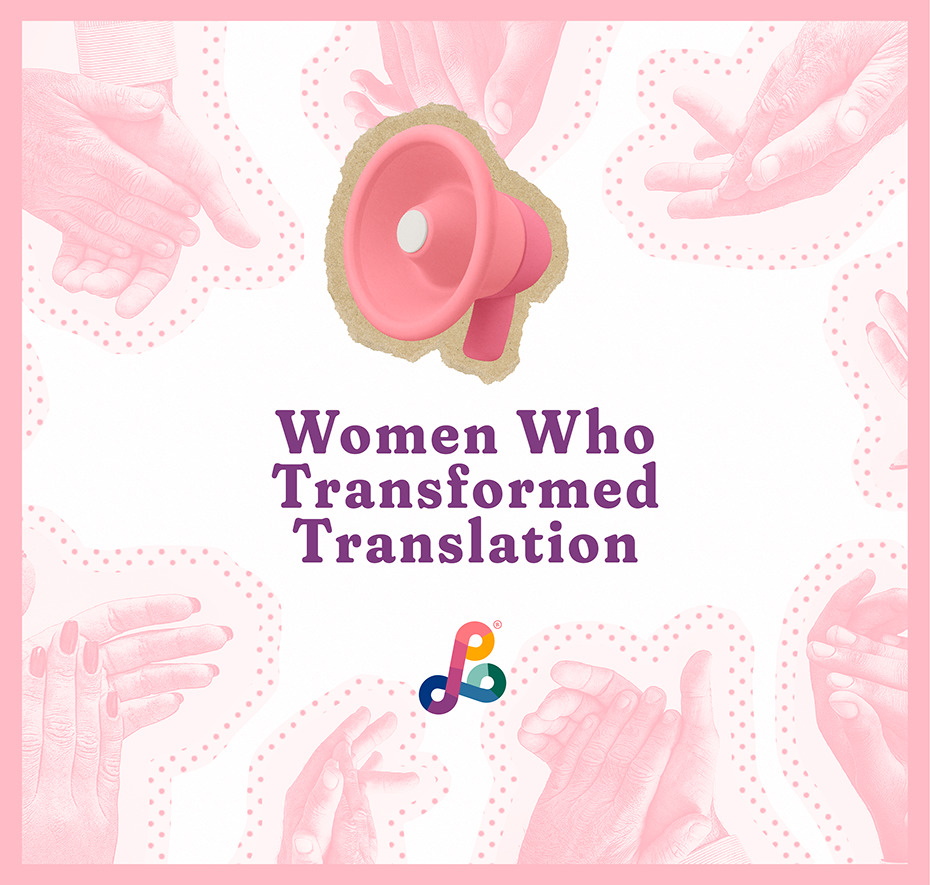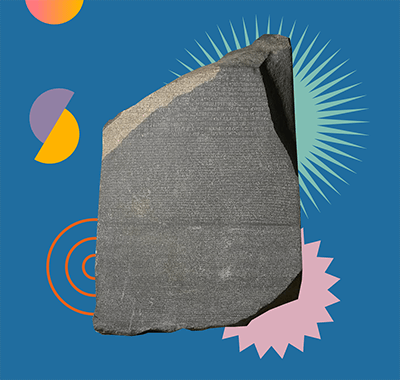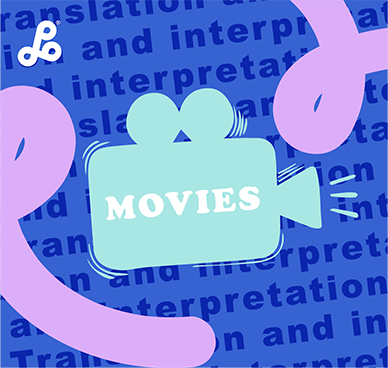Breaking Barriers: 7 Remarkable Women Who Transformed Translation
In a world driven by words and stories, the realm of translation plays an essential role in bridging cultures, languages, and ideas together. Throughout history, women in translation have made indelible marks in the field, enriching our global literary landscape. Let’s explore the inspiring stories and remarkable contributions of seven outstanding women who have paved the way for future generations. In this article, you’ll find:
. The Pioneers
. The Trailblazers
. The Modern Icons
. The Collective Impact
The Pioneers
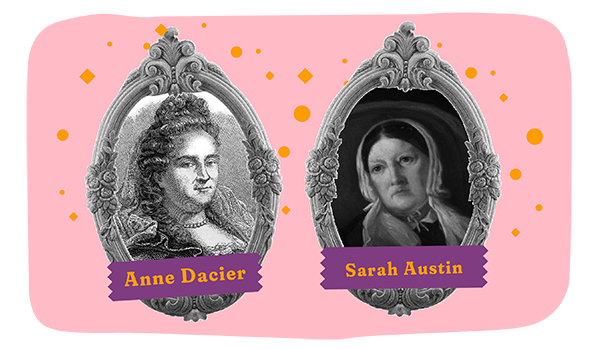
- Anne Dacier: Reviving Ancient Classics (1647-1720)
In the 17th century, Anne Dacier was a pioneer in translating ancient Greek and Latin texts. Her translations of classical works, such as Homer’s “Iliad” and “Odyssey,” played a crucial role in reviving interest in ancient literature during the Age of Enlightenment.
- Sarah Austin: An Enduring Inspiration (1793-1867)
Sarah Austin was a pioneering translator, particularly known for her translations of German literature. Despite the societal norms of her time, she passionately pursued her love for languages and culture. Her notable translations included Johann Wolfgang von Goethe’s “Faust”, making her a key figure in popularizing German literature in the West.
The Trailblazers
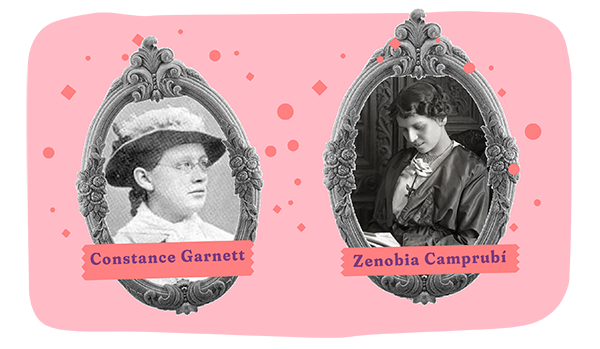
- Constance Garnett: Bridging the Literary Divide (1861-1946)
Constance Garnett, born in 1861, was a prolific translator of Russian literature into English. Her translations introduced the works of Tolstoy, Dostoevsky, and Turgenev to English-speaking audiences, Garnett’s dedication to preserving the literary essence of the originals while making them accessible to a wider audience remains unparalleled.
-
Zenobia Camprubí: A Multilingual Maestro (1887-1956)
Zenobia, a Spanish writer and translator, was key in introducing the works of Khalil Gibran to the Spanish-speaking world. Her multilingual abilities allowed her to bridge the gap between Arabic and Spanish literature, enriching both cultures in the process.
The Modern Icons
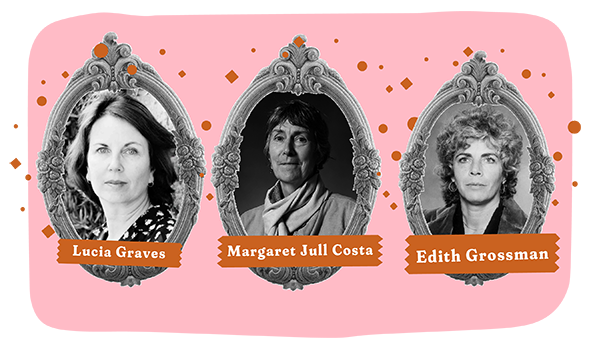
-
Lucia Graves: Breathing Life into Spanish (b. 1943)
Lucia Graves, daughter of poet Robert Graves, made a name for herself by translating Spanish poetry, especially the works of renowned poet Pablo Neruda. Her ability to convey the emotional depth and nuances of Neruda’s verses in English has earned her a lasting place in the world of translation.
- Margaret Jull Costa: The Art of Portuguese Translation (b. 1949)
Margaret Jull Costa is celebrated for her translations of Portuguese literature, including the works of Nobel laureate José Saramago. Her skillful interpretation of complex narratives has enriched English-speaking readers’ access to Portuguese literary treasures.
- Edith Grossman: Masterful Spanish Translations (1936 – 2023)
Edith Grossman, with her expert command of the Spanish language, has opened doors to the works of renowned Latin American authors like Mario Vargas Llosa and Gabriel García Márquez. Her translations have received critical acclaim for their fidelity to the original texts’ nuances and literary brilliance.
● The Collective Impact
Despite remaining unnamed for long periods of time, these seven remarkable women have collectively shaped the world of translation, breaking boundaries, and bringing cultures closer through the power of words. Their journeys and legacies continue to inspire and illuminate the path for future generations of translators.
At Localipsum, we’ve more than 30 years of experience in the translation field. We recognize the importance of understanting the rich history of our discipline, as well as the passion, dedication and skill of those who advocate for bridging linguistic gaps and fostering global understanding before us.
Our blog and socials (Instagram, LinkedIn) are full of interesting posts about localization, transcreation and translation. Historic (and nerdy) facts are our jam. And you can bet our team has read at least 80% of the authors mentioned in this article!
